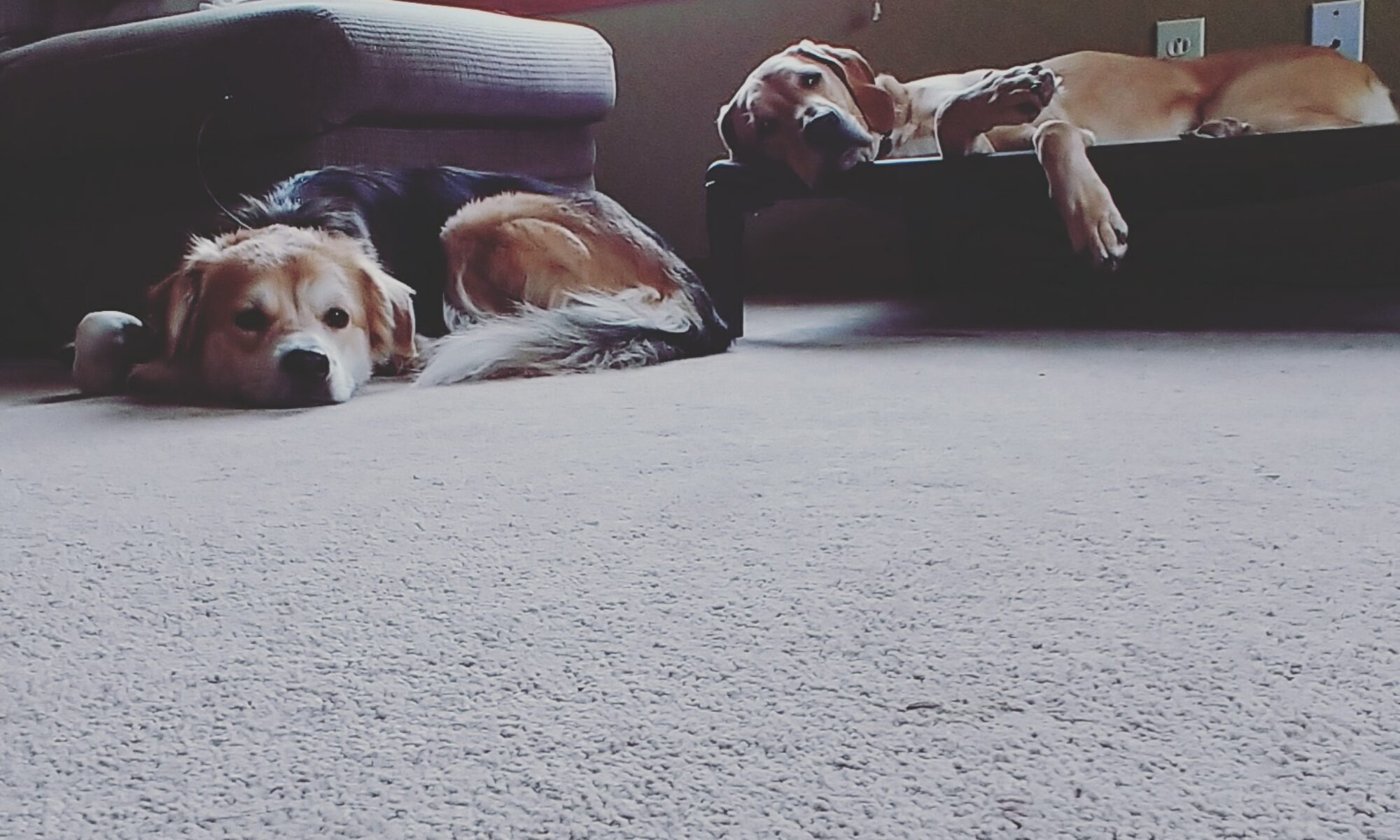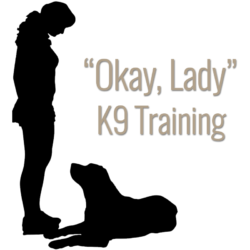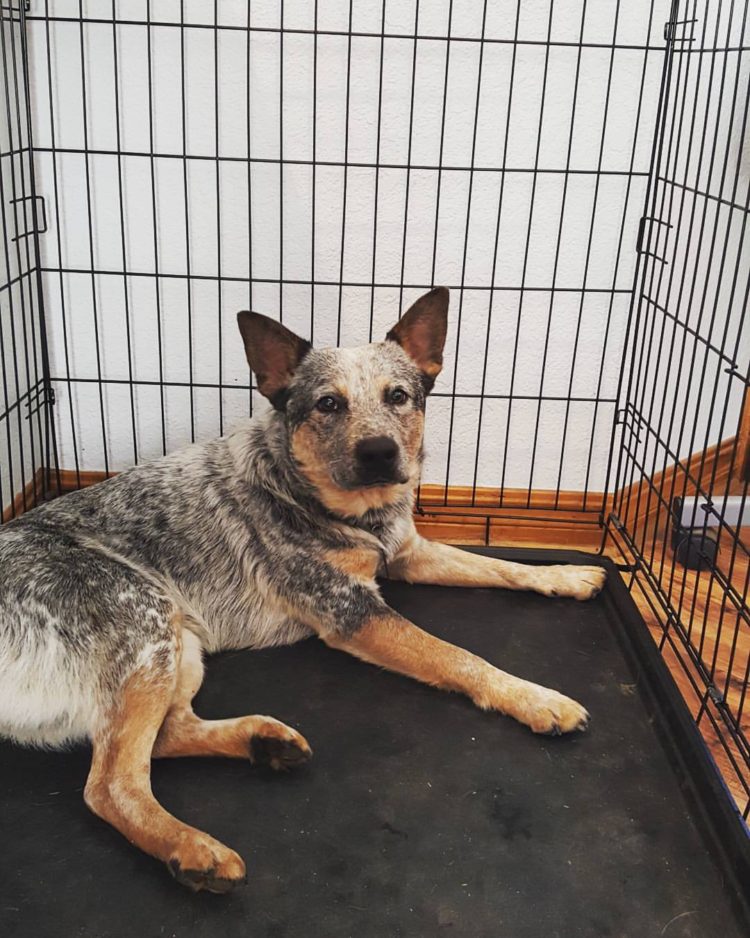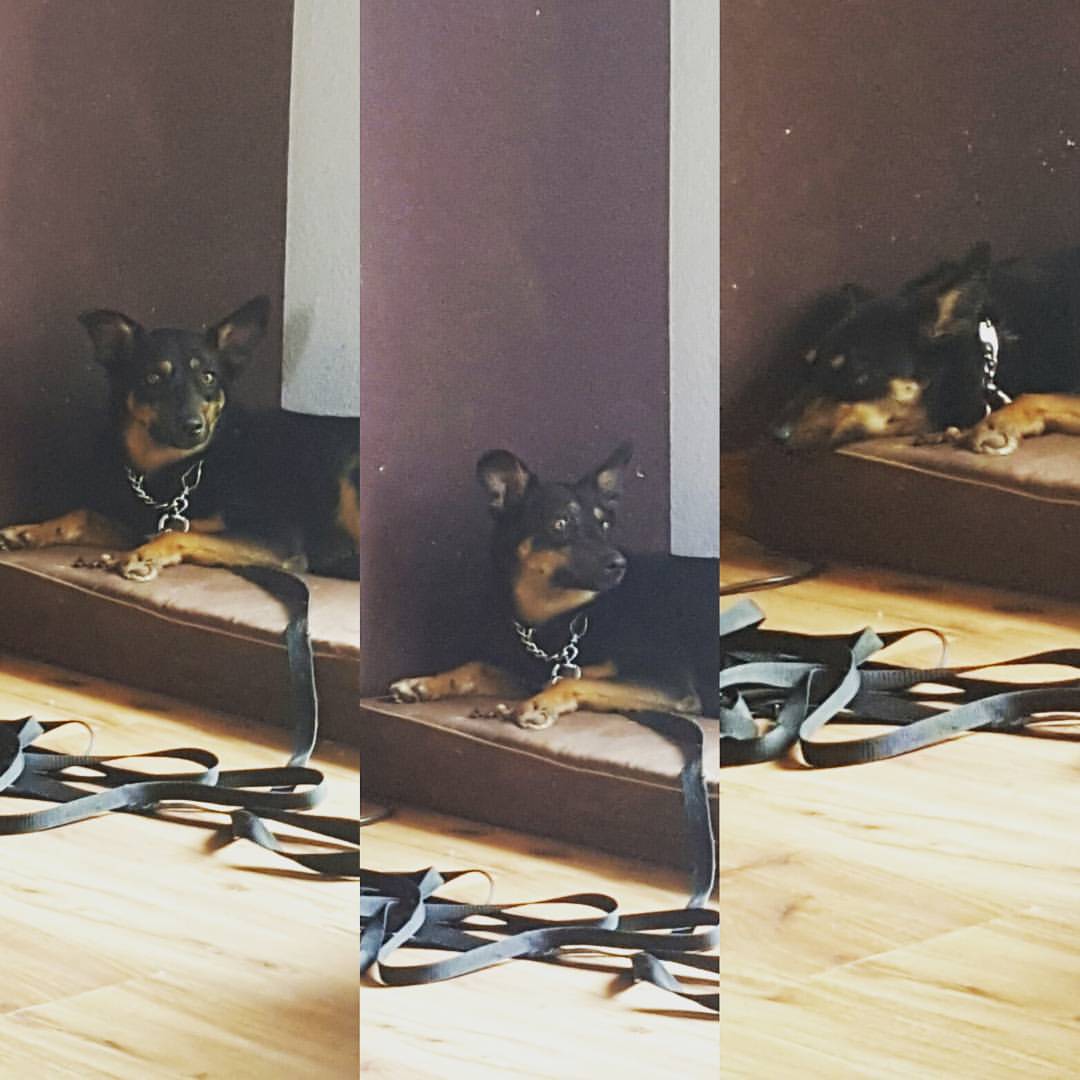The e-collar is a tool that gives clear and direct information to your dog that is unmistakable. When used with directional training tools, you can teach your dog any command. When used alone, you can keep your dog accountable. While the cheaper e-collars may actually deliver a shock to your dog, the more expensive ones give a muscle stimulation much like those used for physical therapy in humans. These are the collars you want to use.
Training Tool #5 – The Prong Collar
This tool is perfect for communicating with your dog. It is used to gently guide your dog into the proper position of the command requested, yet it is uncomfortable enough that it can comoletely take away the desire to pull against the collar during walks.
Training Tool #4 – The Bonker
This little correctional tool is very effective in squashing excitement (positive or negative in nature) in your dog. Many time, using a prong collar or an e-collar will actually ramp up an already excited dog so that they become out of control. With the Bonker, excitement stops immediately, allowing you to be able to communicate.
Training Tool #2 – The Crate
Training tool #2 is the crate. Not only is crate training a necessity, if done correctly it can be a handy training tool.
Training Tools #1 – The Leash
This is the first in a series of videos in which I talk about the training tools I use with each dog I work with. In this video I talk about the leash and using it in one place people rarely think to use a leash – indoors.
Eliminating Fear through Desensitization
Anxiety is a bully that needs to be removed in order to have a balanced dog. Before your dog can learn how to deal with its anxiety, you must be able to define what it is you and your dog are doing to keep that anxiety alive. Once this is defined and corrected you can begin to eliminate fear systematically. One of the best methods for this is desensitization. By exposing your dog to the things they fear, deliberately increasing anxiety short-term, you free him/her of that fear long-term. This method forces your dog to accept and tolerate the things that needlessly bring fear, causing future anxieties to become less severe and pass more quickly with each session until your dog learns how to remain calm and conquer its fears.
Building Confidence in Your Anxious Dog Part 3: Reassurance
While reassurance is a good thing in most cases, when it comes to an anxious dog, reassurance can be detrimental. As humans we may see the coddling that we give our dogs when they are afraid as a way to show them that they have nothing to worry about, but how does the dog perceive this? Can this coddling eliminate the fears they have?
Building Confidence in Your Anxious Dog Part 2: Control
Just as we tend to do when we are afraid that situation is going to come about that is terrifying, a dog will often try to control their surroundings. This can show up as aggression of any kind, whether it be towards other dogs or towards people.
If you can convince your dogs that they can trust you to be in control of situations while at the same time changing their perspective of the world, you can help build him/her up into the calm, confident dog it wants to be.
Building Confidence in your Anxious Dog Part 1: Avoidance
It may seem like a small thing when your dog runs away from or refuses to get close to something it is afraid of. However, overtime this can lead to fears that cause emotional and mental anxiety.
As owners, it is up to us help keep our dogs balanced by working to show them how to properly associate the things they are afraid of as something they don’t need to be afraid of. If we coddle our dogs, we reward their fears, but if we take time to modify the way they view their world, we can begin to see small victories in how our dogs handle everyday occurrences.
Giving “NO” meaning and Value
Many times we may think that our dogs understand “no” when in reality we have never given the word value or meaning. No is a very valuable key to training, but only if it has consistent value.



